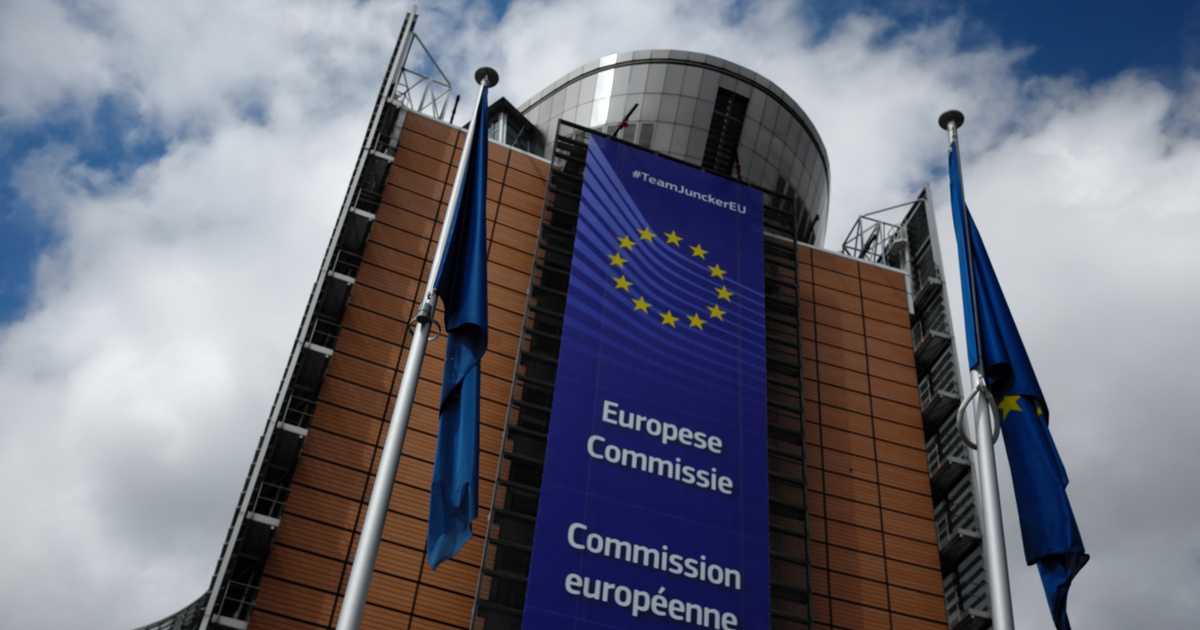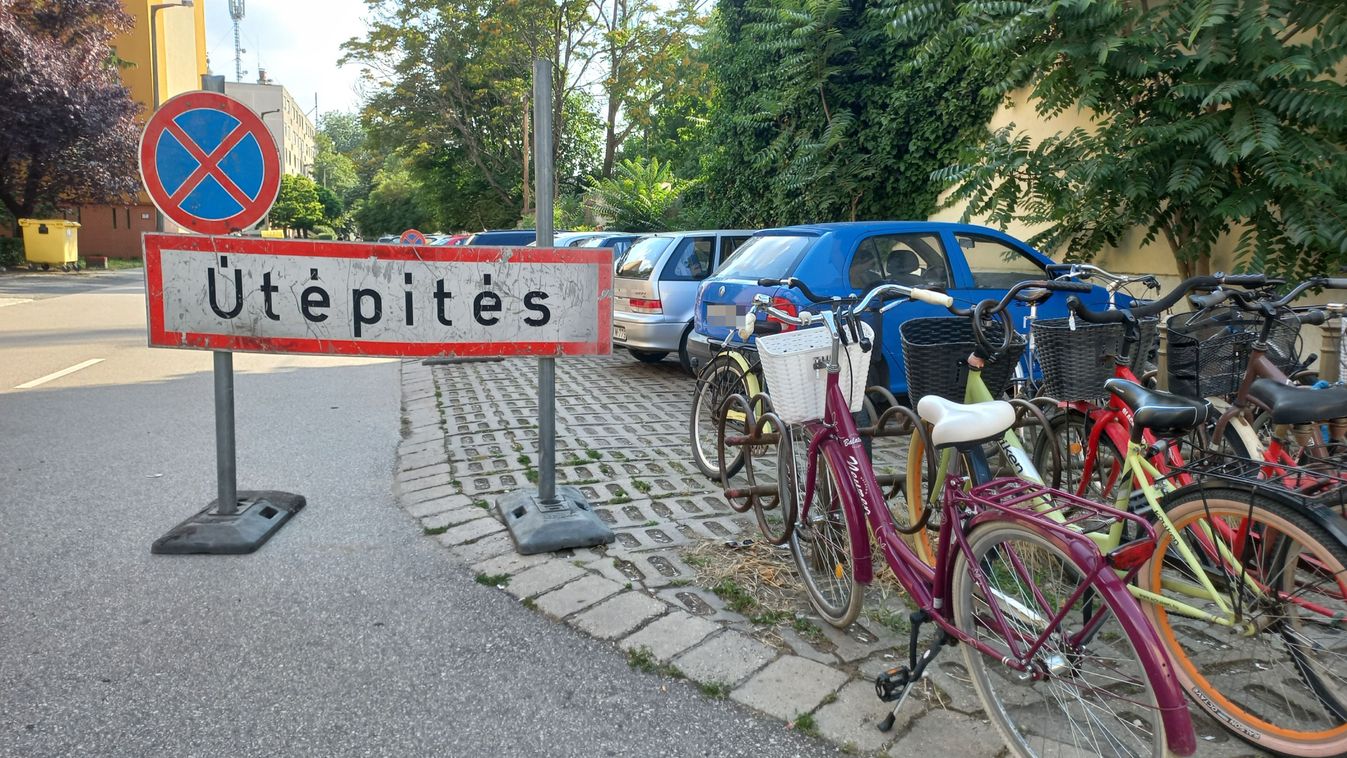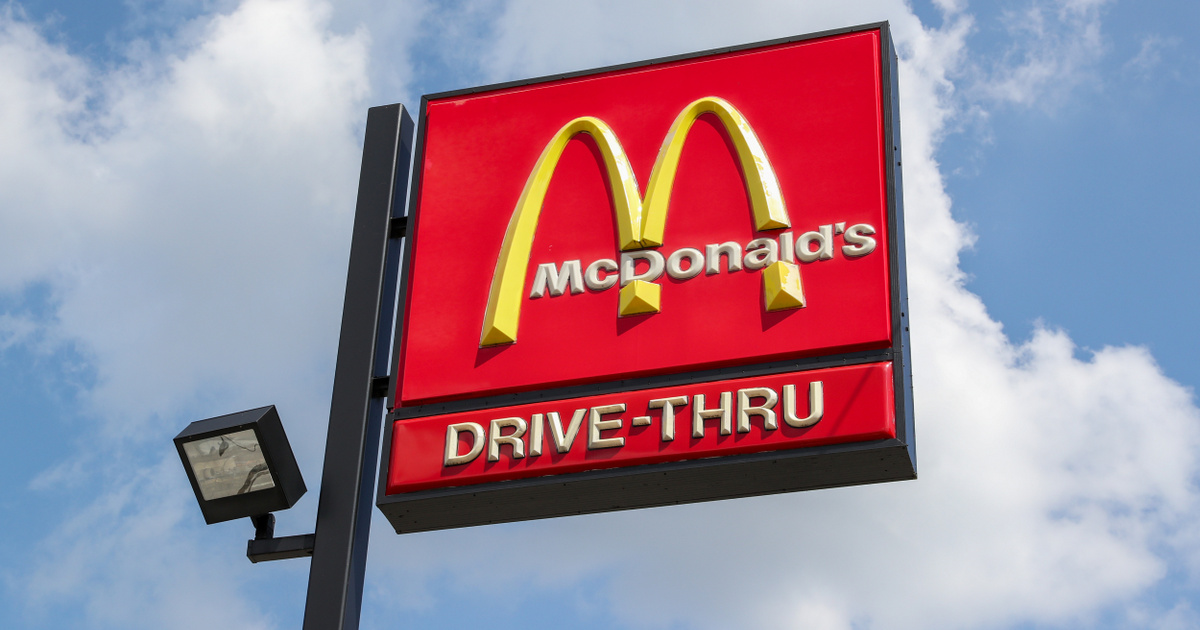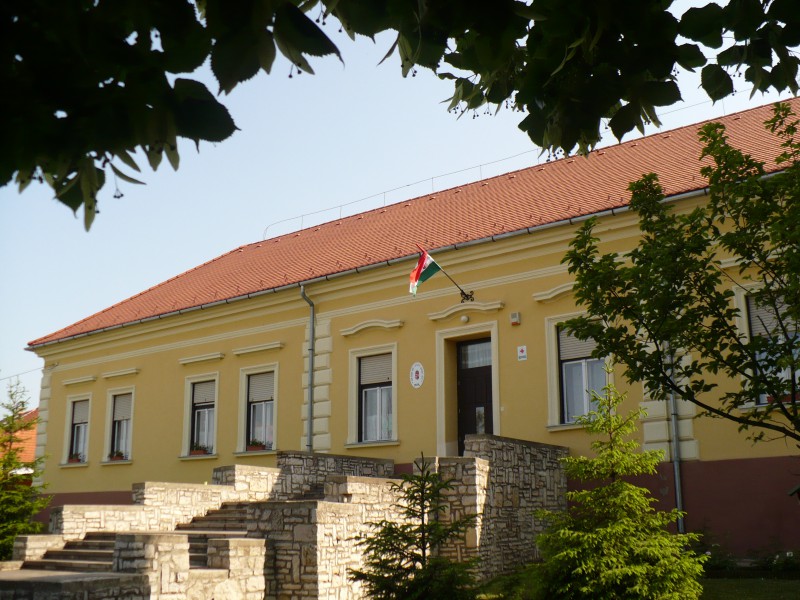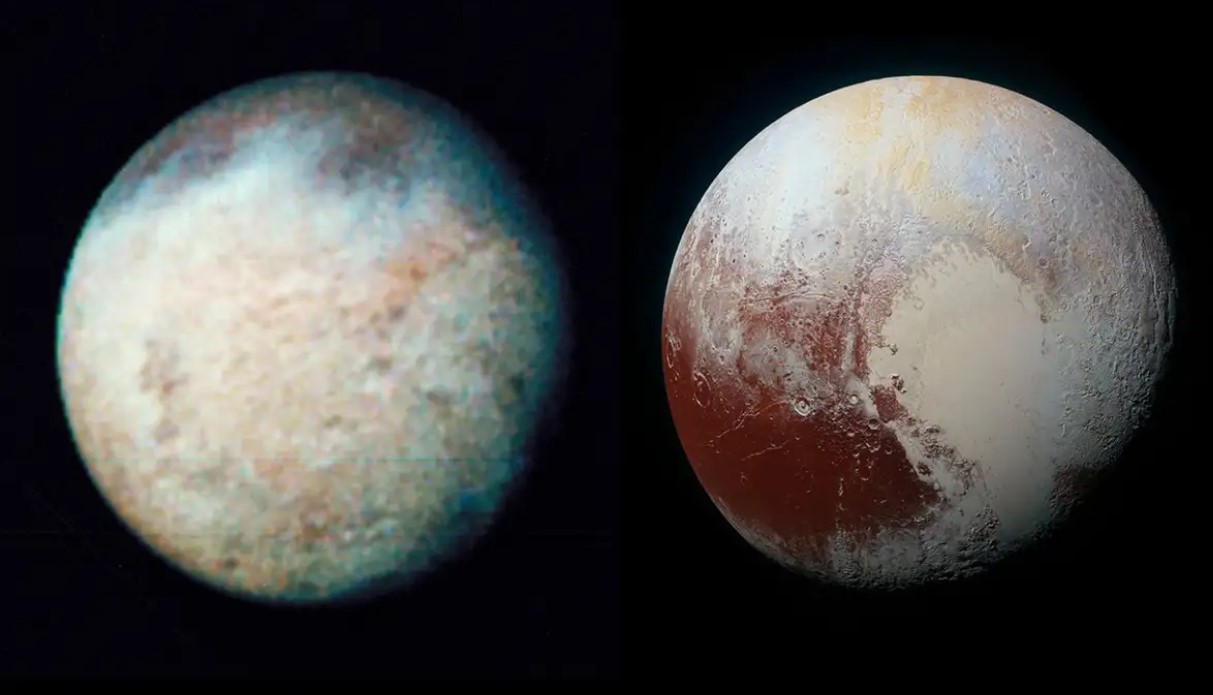Statistical Office of the European Union Inspected every five years The structure of household consumption expenditure in each member state, and based on the just-published 2020 data, found that
In Hungary, on average, the above-mentioned costs accounted for 49.2% of consumer spending, which was the highest among member states.
The other extreme was Malta with 8.4% and the European Union average with 32.7%.
On average, households in the European Union spent 17.1% of their spending on food and non-alcoholic beverages, and another 10.8% on transport, so that together these three large groups accounted for 60.6% of consumption spending.
Another fifth of household spending (20.4%) was spent on entertainment and culture, another 4.9% on furniture and home furnishings, another 4.8% on restaurants and hotels, and another 4% on clothing and footwear.
In most member states, food and non-alcoholic beverages were the second largest expenditure item after housing costs, but in Denmark, Germany, Luxembourg, Austria and Slovenia, transport was the second largest expenditure item. In contrast to the above, the pattern of expenditure structure was different in Estonia and Malta: there, food and non-alcoholic beverages were the most important expenditure items, accounting for 22.3% and 19.8% of the household budget, respectively.
Cover image source: Getty Images











